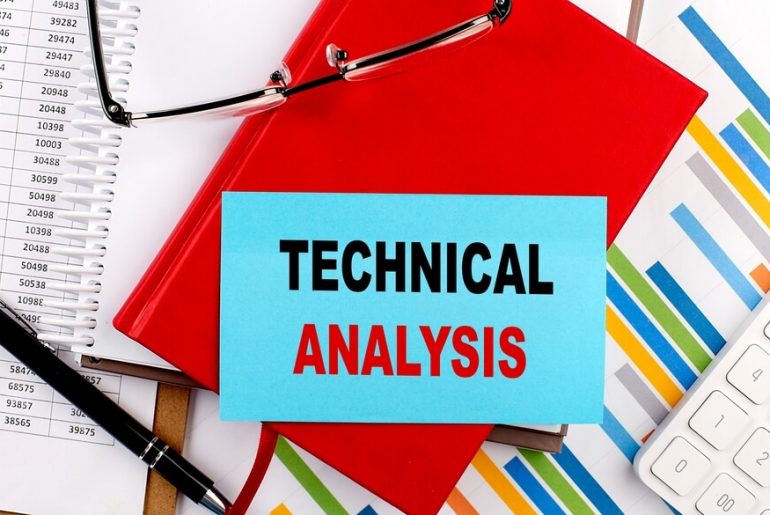Hi there! Today, I want to dive into technical analysis—a vital tool in my trading arsenal.
Technical analysis involves predicting the direction of market prices by studying historical price data and trading volumes. The essence is that the price of an asset usually reflects all known information, and that price movements often repeat over time.
This analysis is applicable across various markets—be it stocks, bonds, commodities, or currencies—and suits both short-term trades and long-term investments. Naturally, it has its critics, especially among those favoring fundamental analysis.
I’ll walk you through the basics, explain key elements, and show how to leverage technical analysis for informed trading decisions. Let’s get started!
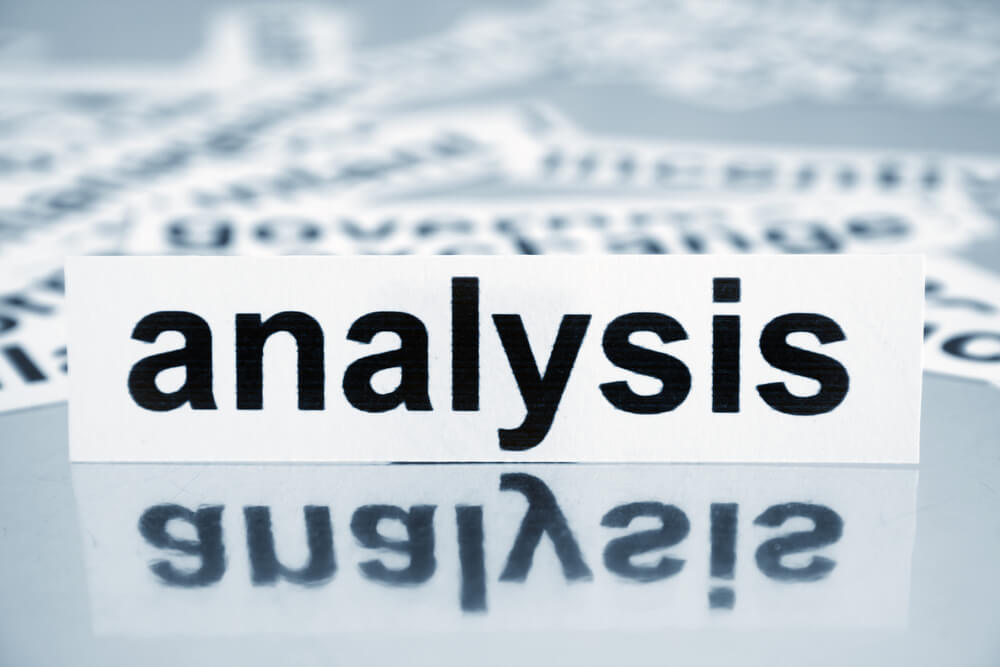
Content:
- Technical vs. Fundamental Analysis
- Technical Analysis in Financial Markets
- Types of Technical Analysis
- Patterns in Technical Analysis
- Crafting Trading Strategies Using Technical Analysis
- Strategy Example Based on Technical Analysis
Technical vs. Fundamental Analysis
Technical and fundamental analysis are often seen as two opposing approaches to investing. If technical analysis focuses on the study of price charts and market activity, then fundamental analysis seeks to assess the intrinsic value of an asset, analyzing economic, financial, and other qualitative and quantitative factors.
But from my own experience, I have found that a combination of both approaches is most effective. Technical analysis can be especially useful for identifying optimal entry and exit points, while fundamental analysis helps to understand broader market trends and assess the long-term prospects of an asset. For example, technical analysis may suggest buying Amazon stocks due to an upward trend. But before opening a trade, it is worth applying fundamental analysis to gauge the company’s financial health and market outlook. Integrating these insights helps make more informed trading decisions.
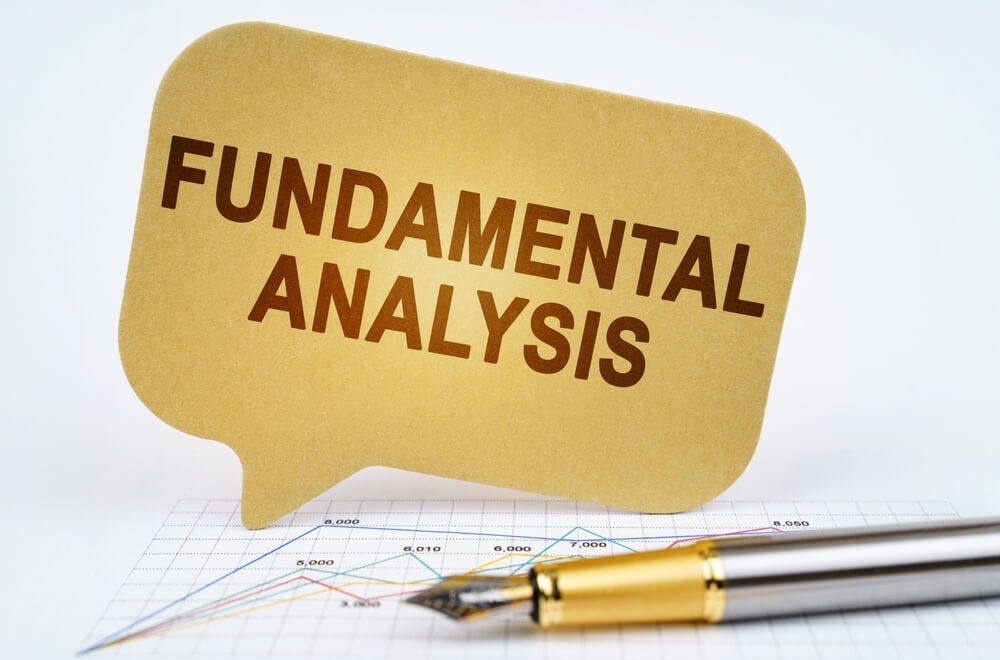
Technical Analysis in Financial Markets
Technical analysis is used in various markets, including the stock market, Forex, commodity market, and cryptocurrency market, to predict the future direction of prices.
- Stock Market. Technical analysis of stocks involves studying stock price charts and trading volumes to identify trends and patterns. Analysts use indicators such as moving averages, the Relative Strength Index (RSI), and MACD (Moving Average Convergence Divergence) to predict potential reversal points and continuation of the trend.
- Forex Market. Technical analysis of the Forex market focuses on identifying patterns in the behavior of currency pairs. Traders use the same tools as in the stock market, but also pay attention to specific factors such as national interest rates, economic indicators, and geopolitical events.
- Commodity Market. In this market, technical analysis is used to predict price movements of commodities like oil, gold, and agricultural products. Special attention is paid to chart patterns, historical support and resistance levels, and analysis of the seasonality and cyclicity of commodities.
- Cryptocurrency Market. Technical analysis of cryptocurrencies involves analyzing the price charts of cryptos, such as Bitcoin and Ethereum. Given the high volatility of this market, technical analysis of cryptocurrency charts is often combined with fundamental analysis. Indicators such as RSI, Bollinger Bands, and Fibonacci retracement are used to determine potential support and resistance levels, as well as possible trends and reversals.
Technical analysis in all these markets is based on the assumption that history tends to repeat itself, and that studying past market data can help you predict future price movement.
Just don’t forget that technical analysis is not an exact science and should be used in combination with other types of analysis and considering current market conditions.

Types of Technical Analysis
There are several types of technical analysis, each using its unique methods and tools to interpret market data and make informed trading decisions.
These methods range from simple techniques like trend analysis and chart patterns to more complex systems based on mathematical indicators and theories. Some approaches focus on short-term price movements, while others are used to identify long-term trends. Let’s look at the most popular types of technical analysis:
- Chart Analysis. This type involves studying price charts to identify patterns and trends. Traders use chart patterns such as head and shoulders, triangles, flags, and pennants to predict future price movements.
- Technical Indicators. These are mathematical calculations that analyze price, trading volume, or activity level (open interest) in various trading instruments. Popular technical indicators include moving averages, the Relative Strength Index (RSI), stochastics, MACD (Moving Average Convergence Divergence), and Bollinger Bands.
- Wave Analysis. Most known for the Elliott Wave Theory, which suggests that prices move in repetitive cycles or “waves.” Analysts use this theory to identify potential reversal points in price trends.
- Candlestick Patterns. A method of chart analysis that provides information about price movements over a specific period. Patterns like the “hammer,” “hanging man,” “bullish” and “bearish engulfing” help traders identify potential market reversal points.
- Pivot Points. Tools used to determine potential support and resistance levels based on average highs, lows, and closing prices from previous trading sessions.
- Fibonacci. This tool uses mathematical relationships derived from the Fibonacci sequence to identify potential support and resistance levels.
- Harmonic Analysis. This type of analysis looks for specific price patterns and geometric structures, such as “butterfly” and “Gartley” patterns, to predict changes in price movements.
Each of these methods can be used separately or in combination with others to create a comprehensive trading strategy.

Patterns in Technical Analysis
A pattern in technical analysis, also known as a trading pattern or price pattern, is a specific shape or structure that emerges on the price chart of a financial instrument and suggests potential future price movement.
Patterns in technical analysis are divided into several categories:
- Trend Patterns. They indicate the continuation of the current trend. Examples include “flags,” “pennants,” and “wedges.”
- Reversal Patterns. These patterns signal a possible reversal of the current trend. Examples include “head and shoulders,” “double top,” or “double bottom.”
- Continuation Patterns. These patterns suggest that after a short period of consolidation, prices will likely continue moving in the previous direction. Examples include “triangles” and “rectangles.”
- Single and Multiple Candlestick Patterns. They are formed based on one or several candles on a Japanese candlestick chart. Examples include “hammer,” “engulfing,” “Doji star,” and many others.
Identifying and interpreting patterns requires experience and understanding of the market context in which they occur. Traders use these patterns in combination with other technical analysis tools, such as indicators and support/resistance levels, to determine optimal entry and exit points for trades.
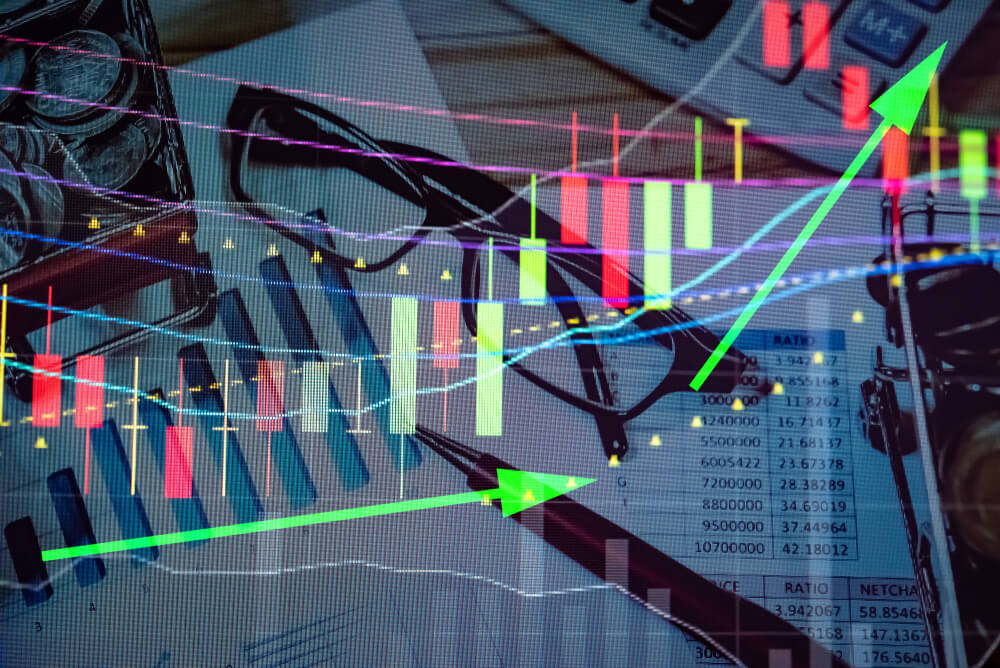
Crafting Trading Strategies Using Technical Analysis
Developing trading strategies based on technical analysis is a key aspect of successful trading. Here’s how it’s done:
- Identifying the Trend. The first step in developing a strategy is to identify the overall market trend. This can be done using moving averages or analyzing higher highs and lows.
- Using Indicators to Confirm the Trend. Indicators such as MACD or RSI can be used to confirm the trend or warn of its possible reversal. For example, if the MACD for the EUR/USD pair crosses its signal line upwards, it may confirm an upward trend.
- Identifying Support and Resistance Levels. Determining key levels where the price of assets often reverses or stalls helps in planning entry and exit points. For example, if Bitcoin’s price repeatedly bounces off the $20,000 level, this level can be considered significant support.
- Determining Entry and Exit Points. After identifying the trend and key levels, the next step is to determine where exactly to enter and exit the trade. This can be based on specific chart patterns such as “flags” or “pennants,” or when a particular indicator reaches a critical value.
- Risk Management. An important part of any trading strategy is risk management, including setting stop-losses and take-profits. For instance, a stop-loss might be set below the support level to protect against a sudden price dip.
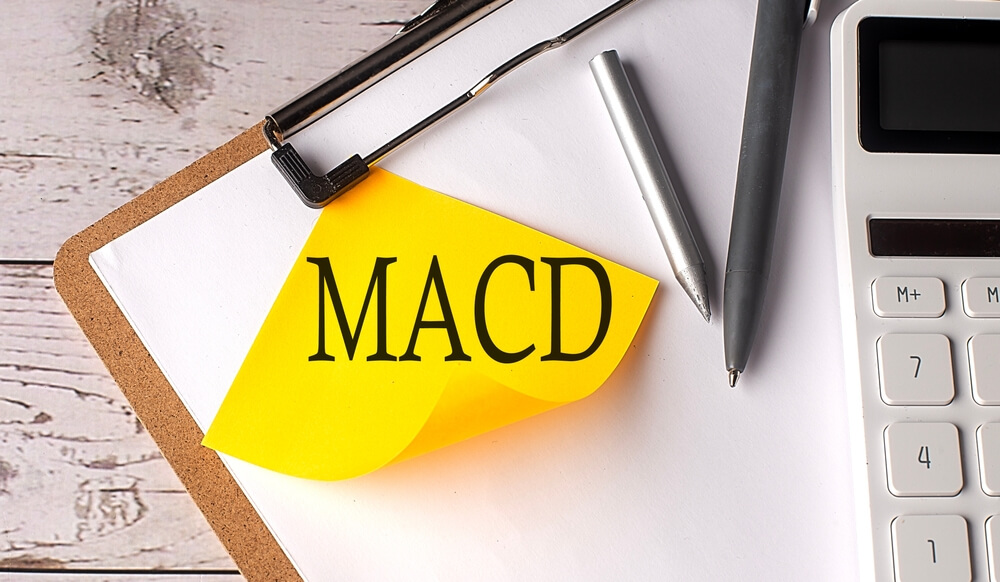
Strategy Example Based on Technical Analysis
Let’s say you’re dealing with the USD/JPY currency pair. After analyzing the trend using moving averages and confirming an upward trend with the RSI indicator, you spot a key resistance level. Once this level is breached upwards, you enter the trade, anticipating the upward trend to persist. In this scenario, the stop-loss is placed below the closest support level, and the take-profit is positioned at the subsequent significant resistance level, determined based on historical data.
In conclusion, technical analysis isn’t just about tools; it’s a mindset that demands ongoing learning and a deep grasp of market dynamics. Remember, trading success relies on multiple factors: knowledge, experience, discipline, and acknowledging the unpredictability of market movements. While technical analysis is a vital tool, its effectiveness grows when combined with strategic thinking and intelligence. Wishing you good luck and profitable trading!

